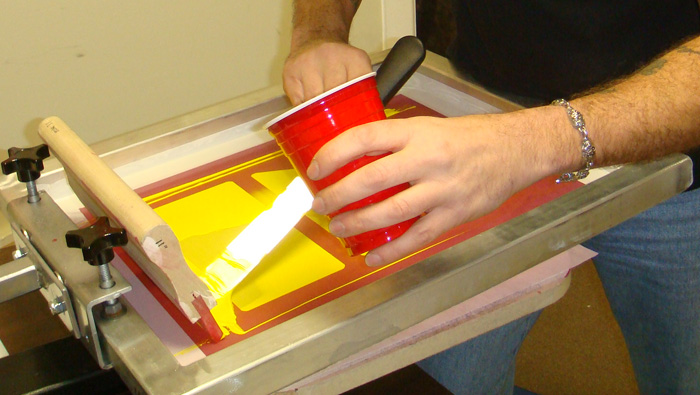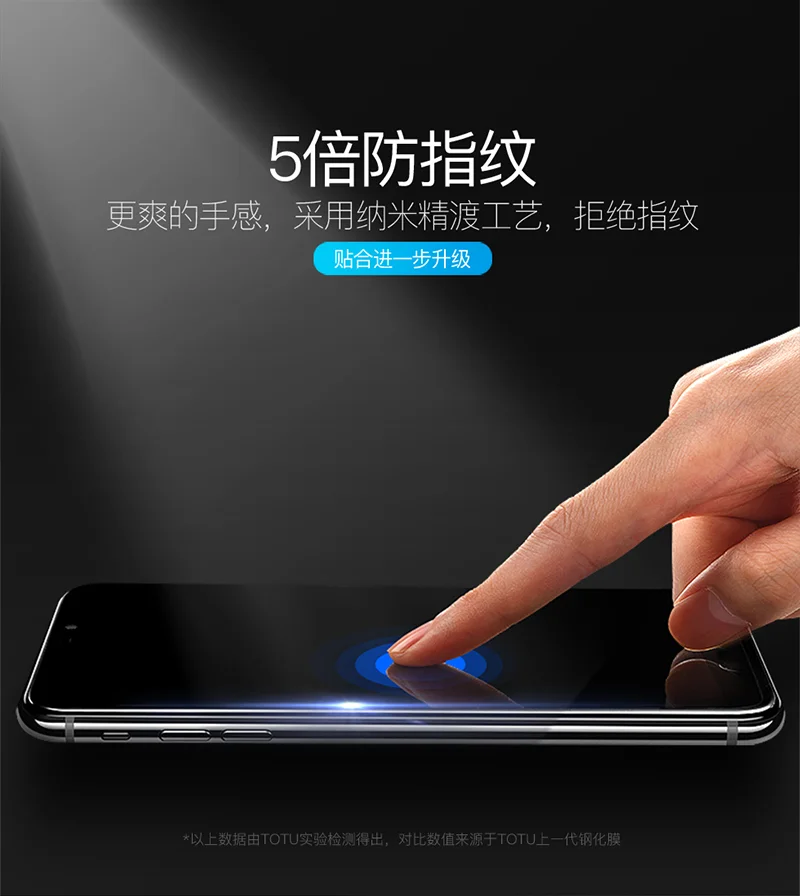
Translucent or transparent colors, for instance, can create various effects and colors when printed on various fields of color. To create the ideal ink for each color separation, they consider the various aspects of the ink including hue, viscosity, opacity/transparency, and intensity. The chromist and the color mixer collaborate to create the desired artistic effect. Prepare the Inkīefore a printing session, the color mixer prepares suitable ink for each screen. When a printer is making, say, 100 prints, they paint one color at a time, so the screen is used on all the 100 prints before replacing it by another screen of a different color. The precisely calibrated printer enables the printer to reproduce identical color layers in each print. The screen is then placed on a press that’s calibrated to shift upward and downward with consistent registration. Once the screen gets light exposure, is washed, and dried, the printer blocks out ‘pinholes’ or any specs that may have been created by stray dirt.

The printer then washes the ‘uncured’ sections of the silkscreen using a high-pressure spray gun. The emulsion that gets exposed to light is hardened, or ‘cured,’ and the areas covered by the opaque separation remain soft and uncured. The film is then placed over the photo-emulsion coated silkscreen, which is then placed under powerful light. To create a separation, a chromist paints an opaque medium onto a transparent acetate or Mylar piece. The mesh is stretched firmly on an aluminum or wooden frame, and it’s usually covered with a thin layer of photo-sensitive material. Silkscreens are made of fine silk, but synthetic materials like polyester or nylon are also often used. To create a serigraph, the printer forces ink through a chain of meshed silkscreens. Chromists incorporate the subtleties of texture and color to computer-generated color separation. Thanks to computers, color separation is now less laborious, but the experience and the eye of the chromist (a color separation expert) are still valuable. The process of color separation was initially done by hand, using blank India ink, paintbrushes, and a clear plastic film, but now artists rely on computers. The process of separating colors entails analyzing the original image, selecting the colors that will be printed, one at a time, and then painting a black ink replica of each of those colors. The next step is to break down the original portrait into separate colors. An artist can create a vibrant new image even by slightly altering the image or emphasizing particular design elements and colors. Sometimes artists think of a serigraph as an original work of art rather than a recreation of an existing image. Here is a step-by-step breakdown of the process.įirst, before an artist embarks on creating a rendition of a given image, they consult the creator of the original image. The process of creating a serigraph is labor-intensive completing an artistic project can take many weeks. A serigraph is an interpretation of a given image that’s created through the silkscreening process. “Seri” means “silk” in Latin, and “graphos” means “writing” in Ancient Greek. What is a Serigraph?Ī Serigraph simply refers to silkscreen printing. Serigraphs are often confused with lithographs, but the process involved is quite different.

Many famous pop art artists such as Andy Warhol and Peter Max used serigraphy as their main medium as pop art was in essence a form of commercial art.

I want to understand the meaning of mask out and compositional areas (Are they shapes or backgrounds?) more clearly.A Serigraph is an alternative name for silkscreen printing that was coined to distinguish it’s uses in the fine art world from that of the commercial printing world. Or mask out means "to mask except the star shape"? Maybe in here "the compositional area" does not indicate the image(the star) itself, but the background area except the star shape? I'm getting confused. And a friend of mine told me that since the particle out is after mask, mask out means "to cover except the compositional area." Is he correct?įor example, if I want to get a star print on my t-shirt using screen printing, how can I get the star-shaped print by masking out the compositional area(=a star shape)? I searched every website related to screen printing to figure out the basic concept of screen printing, but I don't still get it. I looked up the dictionary and it says the phrase to mask out means "to conceal or cover part of something from view." So do the verb " mask" and the phrase " mask out" mean the same? An image is glued or otherwise affixed onto the mesh to mask out compositional areas.Īreas masked out by compositional shapes are nonporous and obstruct I'm having a hard time translating a passage about screen printing.įor screen prints, mesh (originally silk) is stretched tautly across aįrame.


 0 kommentar(er)
0 kommentar(er)
